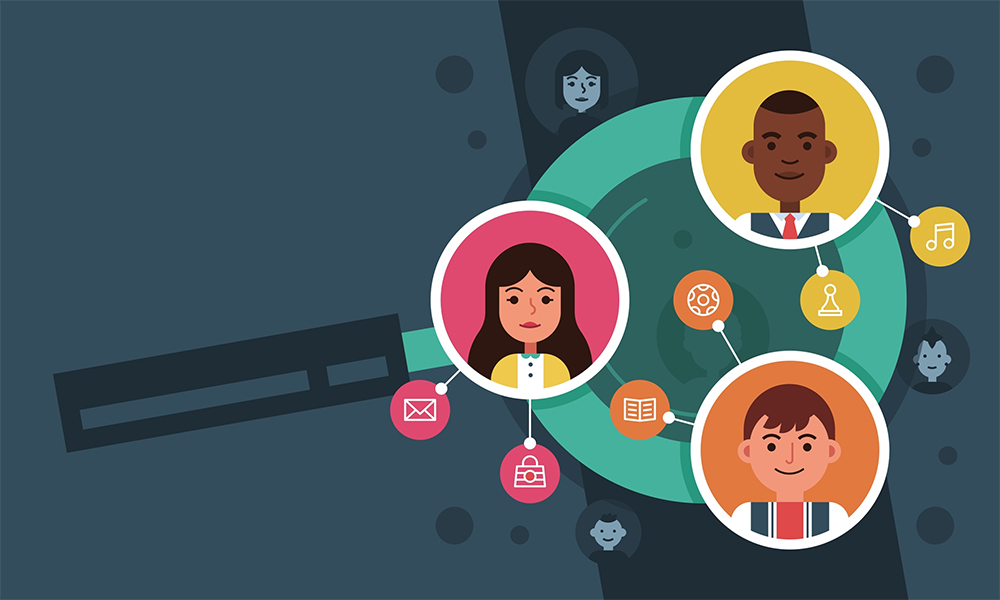In the ever-evolving landscape of digital marketing, understanding your audience is paramount. One of the most effective strategies in this regard is audience segmentation. This article explores the nuances of audience segmentation, its importance, types, methods, challenges, best practices, and real-life applications.
What is Audience Segmentation?

Audience segmentation is the process of dividing a broad target audience into smaller, more manageable groups based on specific criteria such as demographics, location, interests, and behavior. By doing so, marketers can tailor their messages to be more relevant and appealing to each segment.
Importance of Audience Segmentation in Marketing
1. Enhancing Personalization
Segmented audiences allow for highly personalized marketing campaigns. Tailoring content to individual preferences significantly increases engagement rates.
2. Improving Customer Satisfaction
When customers receive content that resonates with their needs and desires, they feel understood and valued, leading to higher levels of satisfaction.
3. Boosting Conversion Rates
Targeted messages have a higher chance of converting leads into customers. By addressing specific pain points or interests, businesses can significantly increase their conversion rates.
Types of Audience Segmentation
1. Demographic Segmentation
This involves categorizing the audience based on demographic factors such as age, gender, income, and education level.
2. Geographic Segmentation
Segmenting based on location helps businesses customize their offerings according to regional preferences and cultural differences.
3. Psychographic Segmentation
Understanding audience personalities, values, interests, and lifestyles enables businesses to create content that emotionally resonates with their audience.
4. Behavioral Segmentation
Analyzing customer behavior, such as purchase history and website interactions, helps in predicting future actions and preferences.
How to Conduct Audience Segmentation
1. Collecting Relevant Data
Gather data through surveys, online forms, and social media interactions to understand customer preferences and behavior.
2. Analyzing Customer Behavior
Utilize analytics tools to assess customer interactions on your website, social media, and email campaigns.
3. Utilizing Advanced Tools
Leverage customer relationship management (CRM) software and machine learning algorithms to automate the segmentation process and gain deeper insights.
Challenges
1. Privacy Concerns
As data privacy becomes a significant concern, businesses must navigate legal and ethical challenges when collecting and using customer data.
2. Data Accuracy
Inaccurate data leads to flawed segmentation, affecting the effectiveness of marketing efforts. Regularly updating databases is crucial.
3. Keeping Up with Trends
The landscape of digital marketing is constantly changing. Staying updated with the latest trends and technologies is essential for successful audience segmentation.
Best Practices for Effective Customer Segmentation
1. Regularly Update Customer Profiles
As customer preferences evolve, regularly updating customer profiles ensures that marketing strategies remain relevant.
2. Utilize Social Media Insights
Social media platforms offer valuable insights into customer behavior and preferences. Utilize these tools to refine audience segments.
3. Conduct Surveys and Feedback Sessions
Direct feedback from customers provides valuable data for segmentation. Engage with your audience through surveys and feedback sessions.
4. Collaborate with Analytics Experts
Working with data analytics experts can help businesses interpret complex data patterns and make informed marketing decisions.
Real-Life Examples of Successful Audience Segmentation
Explore real-life examples of businesses that have effectively utilized audience segmentation to enhance their marketing strategies and achieve significant results.
Case Study: Impact of Customer Segmentation on Sales
Examine a case study that demonstrates the direct correlation between audience segmentation strategies and increased sales and customer satisfaction.
Conclusion
Audience segmentation is not just a marketing tactic; it is a necessity in today’s competitive digital landscape. By understanding their audience on a deeper level, businesses can create impactful, personalized marketing campaigns that resonate with customers and drive results.
Ready to Transform Your Marketing Strategies? Request a Demo from AIM Technologies Today!
FAQs
What are the key benefits of audience segmentation?
- Audience segmentation enhances personalization, improves customer satisfaction, and boosts conversion rates by tailoring marketing messages to specific customer groups.
How can businesses overcome privacy concerns related to customer segmentation?
- Businesses can address privacy concerns by being transparent about data usage, obtaining customer consent, and complying with relevant data protection laws.
Is audience segmentation only applicable to online businesses?
- No, audience segmentation is relevant to both online and offline businesses. Understanding customer preferences and behavior is essential for all types of businesses.
What role does social media play in customer segmentation?
- Social media platforms provide valuable insights into customer behavior and preferences, enabling businesses to refine their audience segments and create targeted content.
How often should businesses update their customer segments?
- Businesses should regularly update their audience segments to reflect changing customer preferences and market trends. Regular reviews, at least quarterly, are advisable.




